Acne is the term for pimples that occur in many young people and some adults. Approximately 90% of all people will have acne at some point in their lives. Pimples usually occur on the face, but may extend to the neck, chest, upper arms, back.
Acne usually begins at puberty and may continue for many years. Teenagers get acne as the body matures and produces hormones that stimulate the sebaceous (oil producing) skin glands to make more sebum or oil. It can be treated with various topical and oral medications .
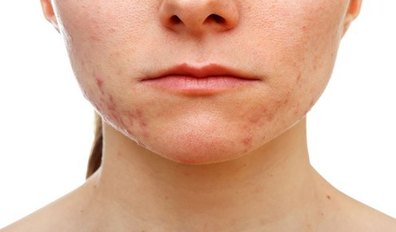
Eczema is a chronic, superficial inflammation of the skin associated with redness and severe itching. The cause is unknown; however, genetics appear to play a role. Approximately 5% to 15 % of the Indian population is affected by eczema. It is often associated with a personal or family history of hay fever or asthma.
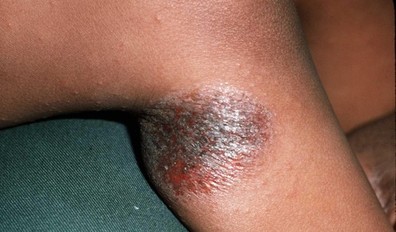
Rosacea is a skin condition that consists of constant redness and possibly small red bumps resembling acne. It is genetic in nature, and while there is no cure, it can be managed effectively through a variety of treatments.
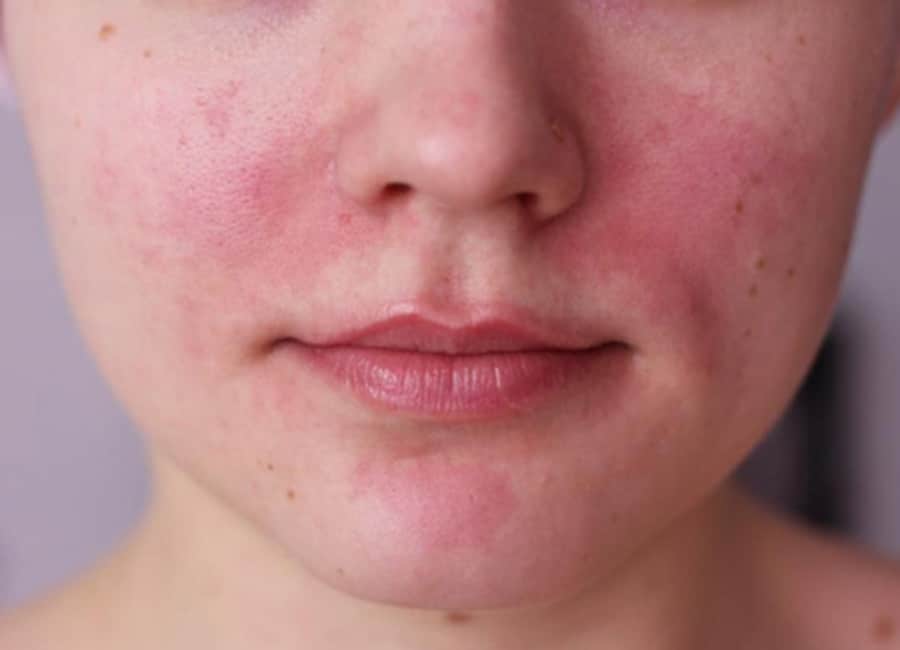
Psoriasis is often confused with eczema, as they share many of the same symptoms. However, a skilled dermatologist can tell the difference and plan a treatment course accordingly. Psoriasis is genetic, not caused by outside factors, but it can be managed effectively through lifestyle changes and oral or topical medications.
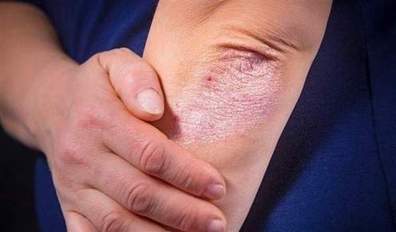
Vitiligo is a condition in which your skin loses melanin, the pigment that determines the color of your skin, hair and eyes. Vitiligo occurs when the cells that produce melanin die or no longer form melanin, causing slowly enlarging white patches of irregular shapes to appear on your skin. Vitiligo affects all races, but may be more noticeable in people with darker skin. Vitiligo usually starts as small areas of pigment loss that spread with time. There is no cure for vitiligo. The goal of treatment is to stop or slow the progression of pigment loss and, if you desire, attempt to return some color to your skin. The goal of therapy is re-pigmentation or creating skin color in the affected areas. Topical steroids, topical immunomodulators and light sources can all be used to treat vitiligo.
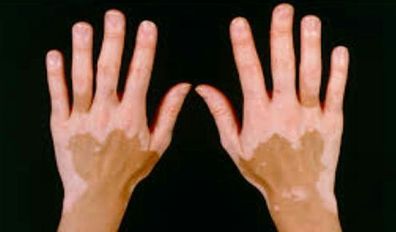
There are a number of different fungal infections that can occur, including athlete’s foot, jock itch, and ringworm. These infections are itchy and can cause scaly patches on the skin. They are treatable with course of topical and/ or oral antifungals prescribed by your dermatologist.
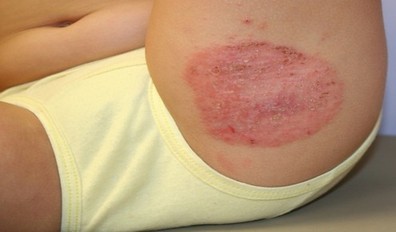
It is a skin condition caused by a mite that burrows into the skin. It causes itching and is most commonly found on the hands and groin area, although it can appear in other areas as well. There are a number of treatment options for scabies.
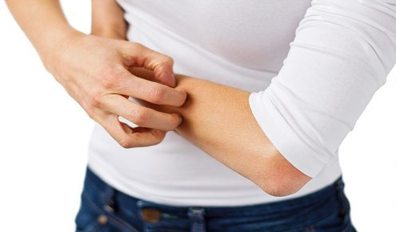
It appears as a reddish-purple, flat-topped rash. It generally appears on the wrists, forearms, shins, and ankles, and can cause severe itching. Lichen planus can be managed effectively with topical or oral medications and antihistamines.

They are small, hard bumps that often have a cauliflower-like texture. They are caused by a viral infection in the top layer of the skin, and can be contagious. Warts are non-cancerous and generally harmless, but there are a variety of ways to get rid of them.
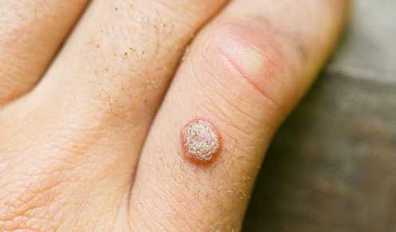
It is the butterfly shaped pigmentation seen especially on the cheeks and forhead. Occurs commonly due the hormonal fluctuations during pregnancy and menopause.
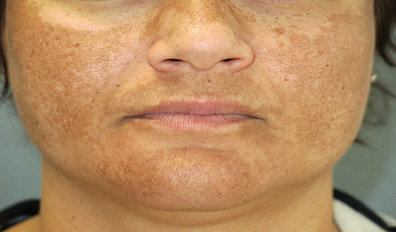
Alopecia is patchy loss of hair affects many people, especially men, as they get older, and it can be a blow to self-esteem and self-confidence. The response to the treatment depends the type, site, severity and other associated conditions with alopecia.
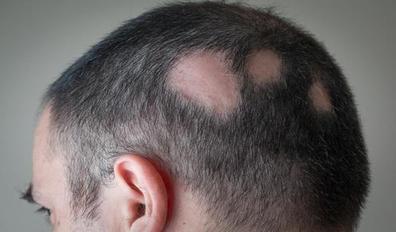
Male pattern hair loss which is the major issue of present generation occuring at a very early age. It is thinning of the hair related to hormones ( androgens ) and genetics and is called androgenetic alopecia. It is characterised by a receding hairline and/or hair loss on the top and front of the head. A similar type of hair loss in women resulting in thinning of hair on mid frontal area of the scalp with typical widening of the partition line is called female pattern hair loss.
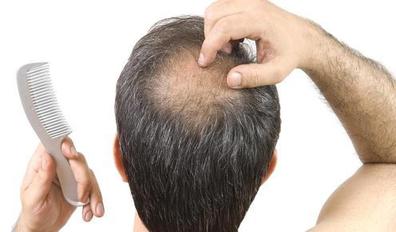
Dandruff is a skin condition that mainly affects the scalp in about half of adults. Symptoms include flaking and sometimes mild itchiness. You can consult your skin specialist for the treatment and tips on proper care of the hair.

Men and women alike may suffer from excess hair that they shave or wax. However, shaving and waxing can be tedious and expensive. We offer laser hair removal that can semi-permanently remove excess hair on the legs, arms, underarms, back, and even face at affordable prices.
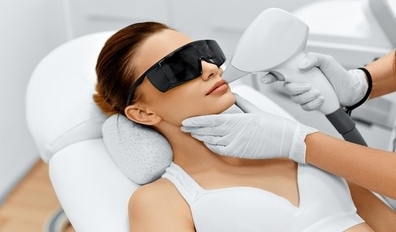
It deals with various skin disorders occuring in newborns through adolescents. It includes bacterial, fungal, viral, parasitic infections along with atopic dermatitis and hemangiomas which are more common among children. Advice given by your dermatologist help you to take best care of your childs skin.

It is a branch of dermatology that involves cutting the skin. It can involve the use of injections, cautery machines and even scalpel blades. We do removal of
It also includes nail and vitiligo surgeries.
